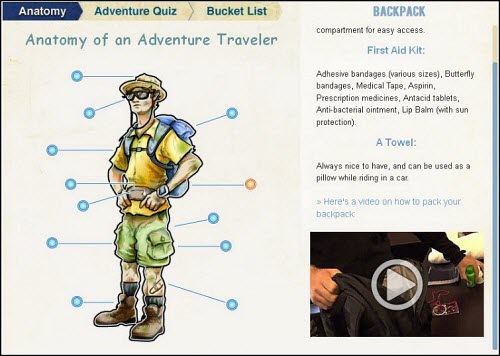Mail-to-Order Marketing Takeaways: 5 lessons to be learned from subscription boxes
Who doesn’t love the feeling of seeing a package on their doorstep? While the mailbox is reserved for bills and sales flyers, a box on the front porch usually means a present.
The popularity of subscription boxes has allowed for millions of customers to enjoy this consumerism bliss bi-weekly, monthly or even quarterly.
Subscription boxes are the ultimate way for consumers to enjoy products. The boxes are delivered on some sort of schedule, filled with products the customer is interested in and usually have some element of surprise.
There seems to be a subscription box for every category of shopper — food, pet supplies, “nerd gear” and even apocalypse prep. The diversity of the boxes available speaks to the widespread popularity among consumers. However, not every company has the interest or ability to expand into the subscription box space. This poses a question: What can we learn from the success of subscription boxes?
To answer that question, we’ve compiled five takeaways from boxes that marketers in any industry can utilize to promote their product.
Takeaway #1. Be surprising, but don’t get crazy
Customers who subscribe to boxes have a general idea of what types of products will be mailed to them. For example, a box member knows that every month he’ll get a t-shirt, an accessory of some type and a small gadget.
However, every month there is a surprise element — the products that will actually make up the box will be a surprise upon arrival. That means our example box member doesn’t know that this month the t-shirt will have a comics theme or that the accessory will be a pair of sunglasses.














